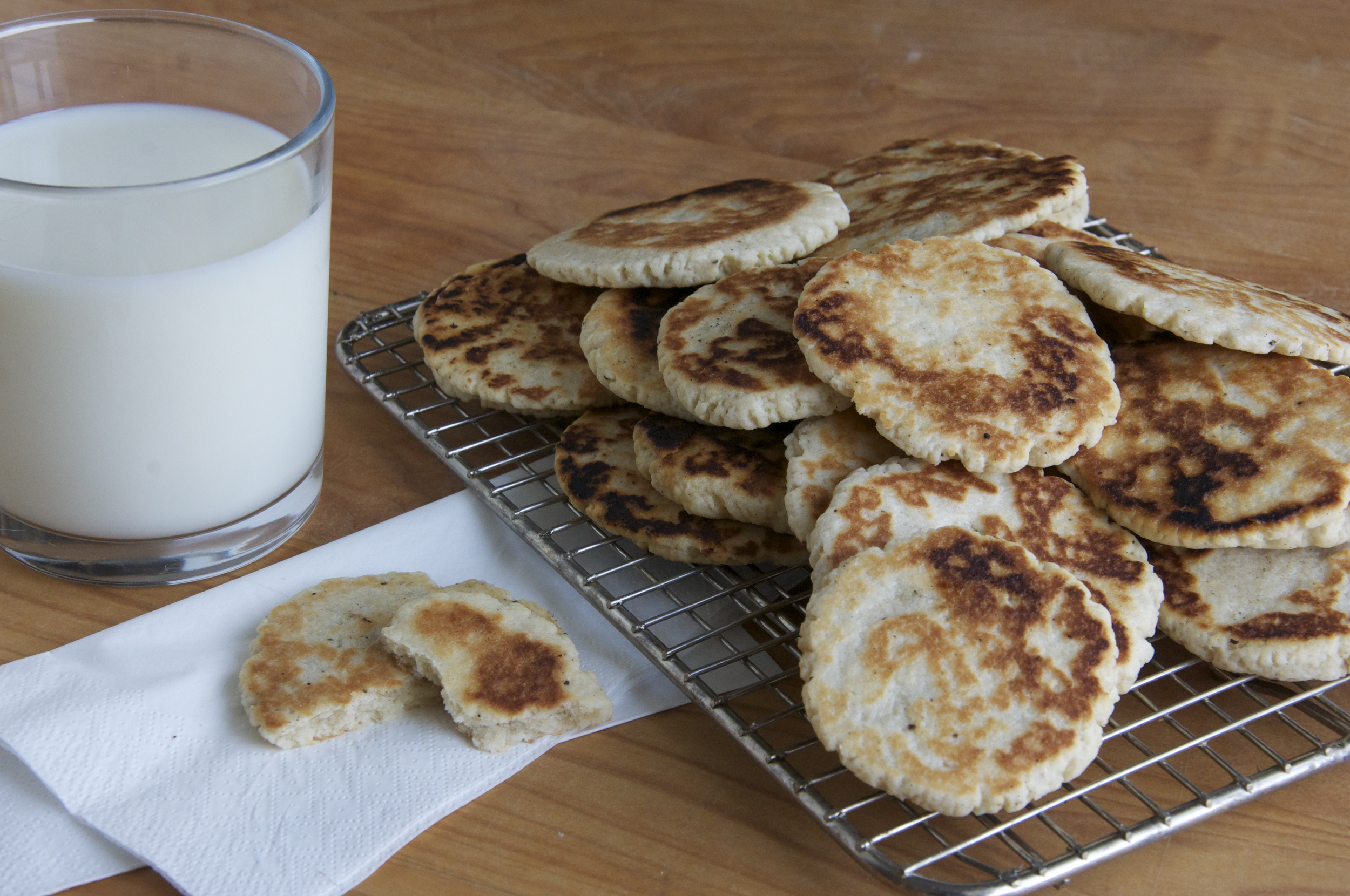I had a very fortunate youth in Mexico, in terms of gastronomic variety. My Nana was (and still is) a traditional cook, and as such, all the food that came out of her kitchen was authentic, natural, and 100% made-from-scratch. Living on a ranch, we had a bounty of fruits and vegetables, meat was plentiful, and we had the luxury of having home-made tortillas every day. One could say I was spoiled. Yes.
Needless to say, those memories have stayed with me and have made me the cook that I am today. I cook the same way as Nana. I like to use local ingredients when possible, keep to the traditional food, and always cook from scratch.
Soft drinks have never had a place in my home, not even when I entertain. I love to make drinks and Aguas Frescas are a favourite way to incorporate fruit in my everyday meals. You can make Aguas Frescas with a plethora of fruits, from cucumber and kiwi to papaya, mango and strawberry. Soursop is another favourite, but Guava tops the list for me. Limonadas are a specific type of Aguas Frescas that are based on a simple water and citrus combination - we're talking lime or lemon. But we can enhance Limonadas by adding other fruits.
Beautifully ripe guavas are exceptionally fragrant and sweet. They are in season between October and March, when they will be at their best. Fortunately for me north of the border, they are available almost year-round, so I can make this Limonada anytime I get the craving.
Guavas are high in Vitamin C - higher than oranges, all the more reason to use them. The addition of Chia seeds in the lemonade boosts its nutritional value even more. This super seed has ancient roots in Mexico. Chia seeds are high in calcium and rich in Omega 3’s and antioxidants. When you use Chia, make sure to let it sit for at least 6 hours, for the gel-like coating to develop so you can get the most health benefits out of it.
Make this Guava Lemonade with Chia and you will have a healthy drink with deep traditions in Mexico. It is delicious.
Limonada de Guayaba con Chia
Guava Lemonade with Chia Seeds
6 to 8 very ripe fresh guava
1/2 cup sugar, plus extra to taste as needed
juice of 2 lemons
2 tablespoons chia seeds
Wash guavas and trim ends. Cut into chunks. Place in blender container with 2 cups water. Process until very smooth adding up to 1 additional cup water as needed and then press through a strainer into a pitcher. Discard the seeds and solids in the strainer.
Add 1/2 cup sugar and the lemon juice to the pitcher. Pour in enough water to make 3 litres. Taste and add more sugar as needed and stir until the sugar is completely dissolved.
Add the chia seeds and mix well. The chia seeds will swell in size as they sit in the liquid, so it’s better to wait a couple of hours before serving. Serve chilled.
Makes about 2 litres
Recipe was first featured at www.thelatinkitchen.com






























